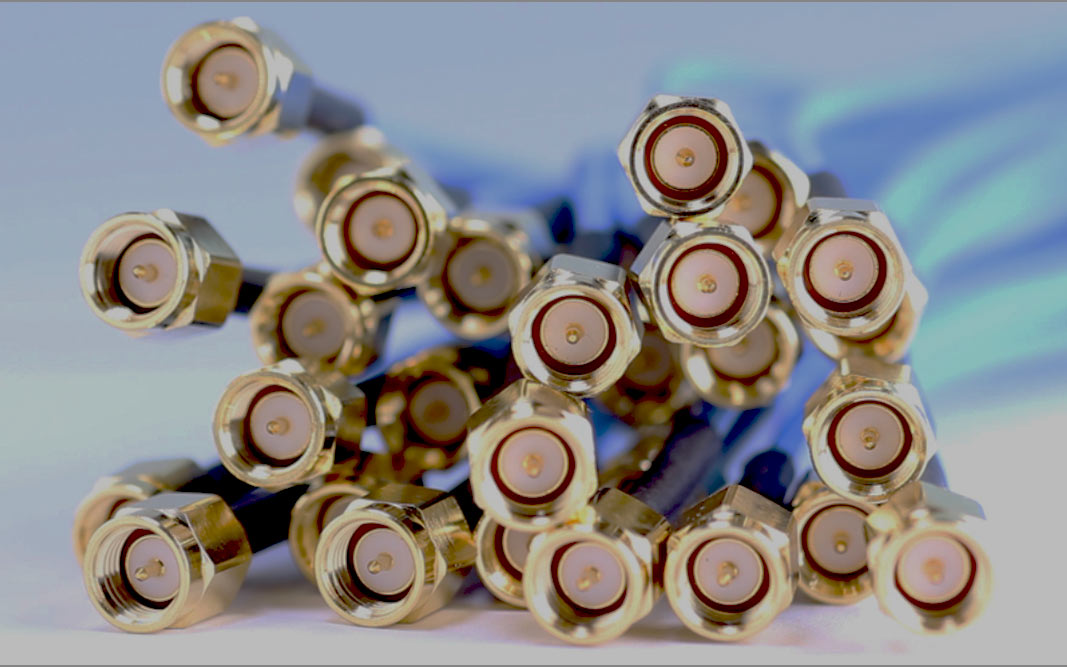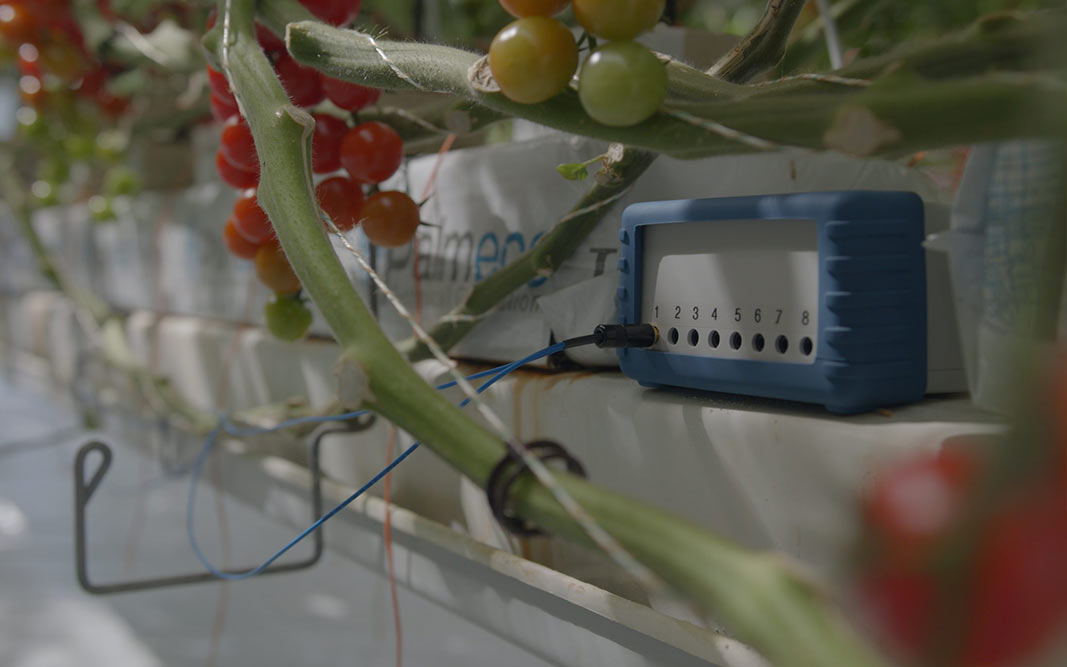MEDICAL AND
OTHER APPLICATIONS
Vivent Biosignals develops products and services based on understanding how information flows in living systems

The Biological Signals division conducts theoretical research and holds patents on electroceuticals. We collaborate with medical researchers and researchers interested in the control of biofilms.

The Plant Monitoring division is selling biosensors and related services for indoor and outdoor farmers, AgTech providers as well as for academics and plant scientists. We help to grow higher quality crops more sustainably.

Medical applications
Vivent’s research is based on the hypothesis that the biological aqueous medium of multi-cellular organisms is used as a short term, short range data storage and transmission mechanism for cellular control and signalling. Whilst some research indicates the importance of electrical inter-cellular signalling there is very little parallel research on organism-wide networks.
Is there a body-wide ‘wireless’ data network? This is the central interest of Vivent Biosignals on which we are conducting theoretical research.
How many control networks does the body contain?
Nerves and hormones are well known mechanisms for the control of biological functions. Vivent Biosignals is researching whether the body might include other control mechanisms based on electrical signalling. For direct current electrical signals, biological tissues appear to be a simple conductor.
For high frequency alternating currents the body is known to act as an efficient antenna, collecting and transferring energy across a wide range of frequencies. Vivent Biosignals researches whether this ability to collect and transmit external electrical signals is also used for internal sources.
Our work with plants, that do not have nerves, shows that they transmit electrical signals between the roots and shoots to initiate defence against pests and diseases and to regulate processes like growth and reproduction.
Vivent Biosignals is a world leader in recording and processing these electrical signals to extract information being communicated between different parts of plants. We are investigating whether similar signals are present in the human body.

